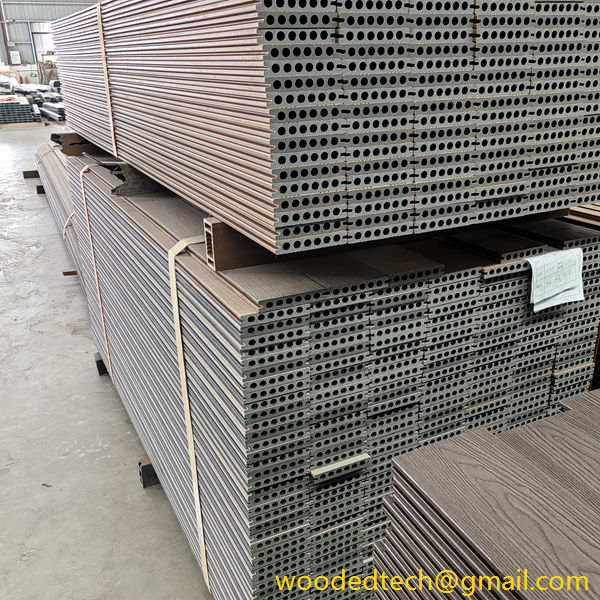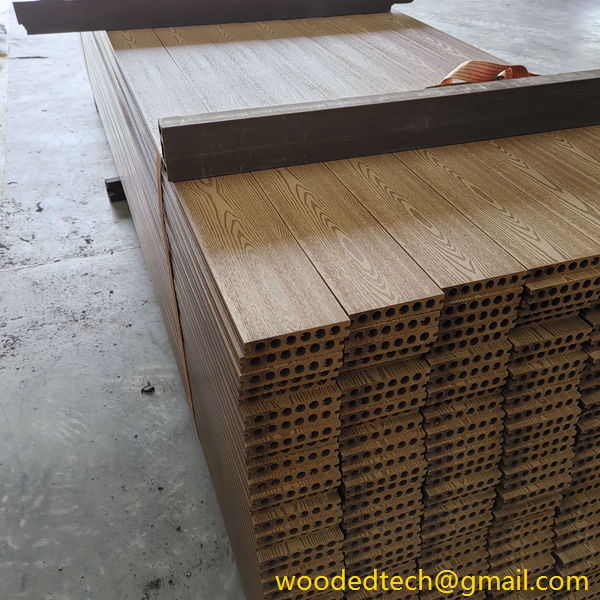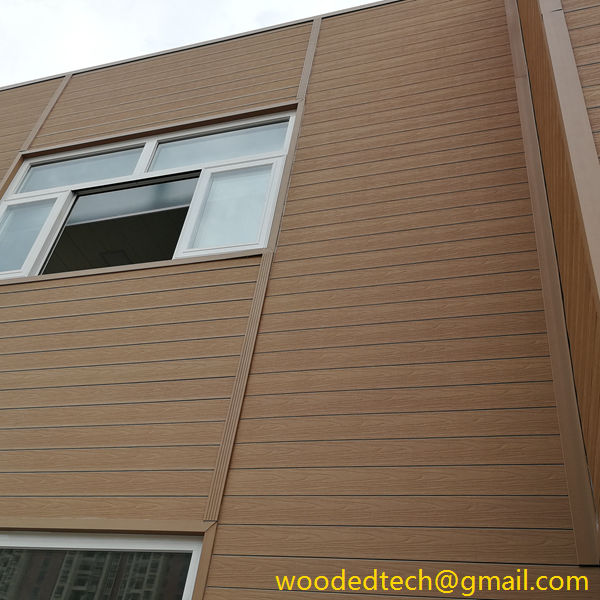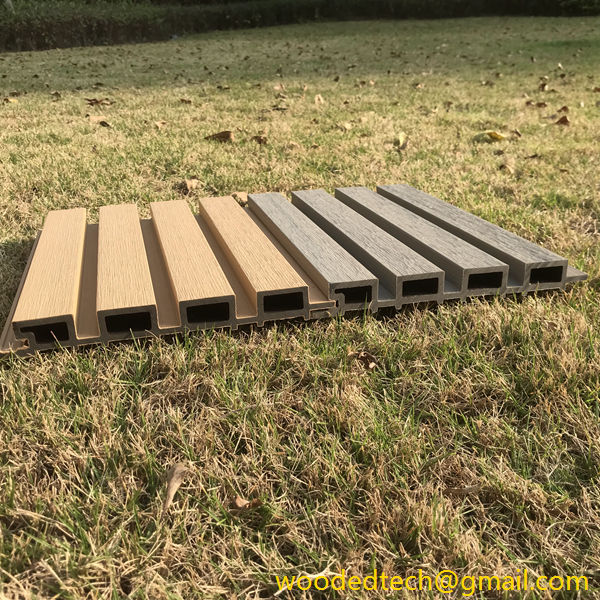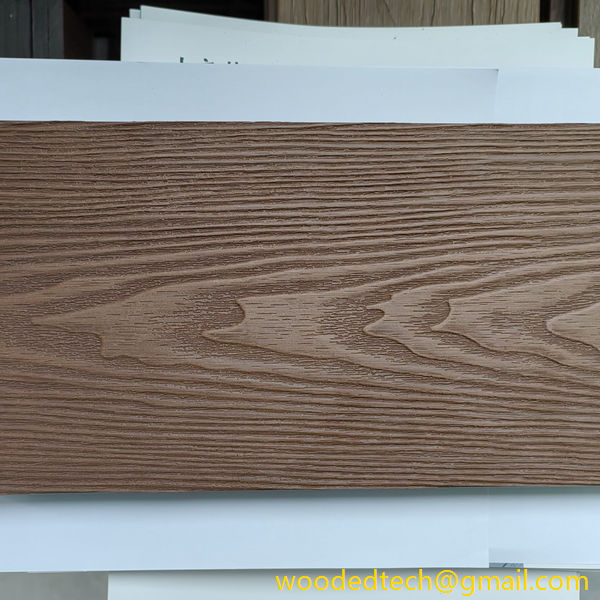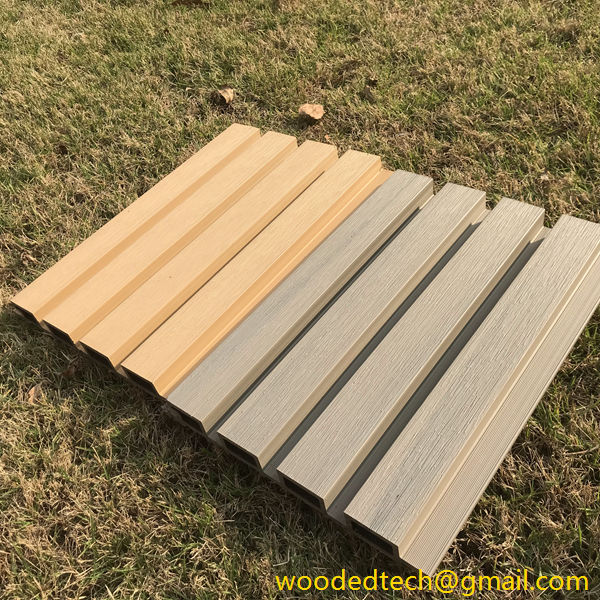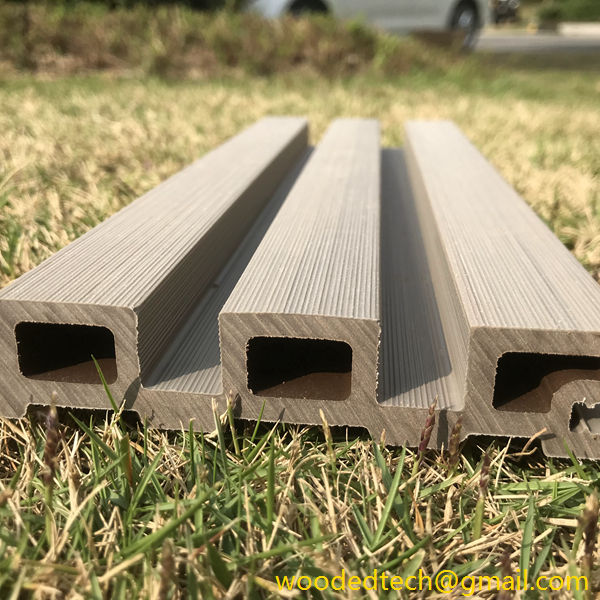How to Cut WPC Panel: Essential Tips for Cutting WPC Panels Accurately
How to Cut WPC Panel: Essential Tips for Cutting WPC Panels Accurately WPC panels, or wood-plastic composite panels, have gained popularity in various construction and design applications due to their durability, aesthetic appeal, and low maintenance requirements. Cutting WPC panels accurately is essential to ensure a seamless fit in your projects, whether you are constructing…
How to Cut WPC Panel: Essential Tips for Cutting WPC Panels Accurately
WPC panels, or wood-plastic composite panels, have gained popularity in various construction and design applications due to their durability, aesthetic appeal, and low maintenance requirements. Cutting WPC panels accurately is essential to ensure a seamless fit in your projects, whether you are constructing outdoor decking, fencing, or interior wall panels. Here are some essential tips for cutting WPC panels accurately, ensuring a clean finish and reducing the risk of damage.
Before you begin cutting, it is crucial to gather the necessary tools and materials. The primary tools for cutting WPC panels include a circular saw, miter saw, or jigsaw, depending on the complexity of your cuts. Additionally, having a measuring tape, straight edge, clamps, and safety gear such as goggles and dust masks will enhance your cutting experience while ensuring safety.
Measure your panels before cutting. Accurate measurements are the foundation of any successful project. Use a measuring tape to determine the required dimensions for your WPC panels. Mark your measurements clearly with a pencil or marker. A straight edge can be used to draw a straight line across the panel, ensuring a clean cut. Double-check your measurements to avoid any errors that could lead to wasted materials.
When cutting WPC panels, it is essential to use the correct blade for the job. A fine-tooth carbide-tipped blade is recommended for cutting WPC materials. This type of blade provides a smoother cut and minimizes chipping along the edges. If you are using a jigsaw, opt for a fine-tooth blade designed for cutting composite materials. Using the right blade not only ensures a cleaner cut but also prolongs the life of your tools.
Once you have your measurements and tools ready, it is time to prepare your workspace. Ensure that your workspace is clean and well-lit, allowing for precise cutting. If possible, work outdoors to minimize dust accumulation indoors. Secure your WPC panel using clamps to prevent movement during the cutting process. This will help maintain accuracy and prevent any unwanted shifts that could affect your cut.
When using a circular saw or miter saw, set the blade height appropriately. The blade should protrude just enough to cut through the WPC panel without excessive exposure. This reduces the risk of kickback and provides better control over the saw. If you are using a jigsaw, ensure that the speed setting is appropriate for cutting WPC. A slower speed is generally recommended to achieve a smoother finish.
As you begin cutting, maintain a steady pace and avoid forcing the saw through the material. Allow the saw to do the work, applying gentle pressure. Forcing the saw can lead to uneven cuts and potential damage to the panel. If you encounter any resistance, pause and inspect the blade and material before proceeding.
After making the cut, inspect the edges of the WPC panel. If any rough edges or splintering occur, use a fine-grit sandpaper or a sanding block to smooth them out. This step is crucial for achieving a professional finish and ensuring that the edges do not interfere with any fittings or installations.
In addition to traditional cutting methods, there are alternative techniques that can be employed depending on the specific project requirements. For example, if you need to create intricate shapes or patterns, a router can be an excellent tool. A router allows for more detailed cuts and can help achieve decorative edges on WPC panels. However, using a router requires additional skill and precision, so it is advisable to practice on scrap material if you are unfamiliar with this tool.
Another consideration when cutting WPC panels is the potential for thermal expansion. WPC materials can expand and contract with temperature changes, so it is essential to account for this when planning your cuts and installations. Leave adequate gaps between panels and their surroundings to accommodate any movement. This will help maintain the integrity of your installation in varying weather conditions.
When working with large panels, consider cutting them down to smaller, more manageable sizes before making detailed cuts. This approach not only makes handling easier but also reduces the risk of damaging the material during the cutting process. Smaller pieces are also easier to maneuver and secure during cutting.
Finally, always prioritize safety when cutting WPC panels. Wear appropriate safety gear, including goggles to protect your eyes from flying debris and a dust mask to avoid inhaling particles. Keep your workspace organized, and ensure all tools are in good working condition. Following these safety precautions will help prevent accidents and create a secure cutting environment.
In conclusion, cutting WPC panels accurately requires careful planning, the right tools, and attention to detail. By measuring accurately, using the correct blades, and maintaining a safe workspace, you can achieve clean cuts that enhance the overall quality of your project. Remember to account for thermal expansion and other specific project requirements to ensure a successful installation. With these essential tips in mind, you can confidently tackle your WPC panel cutting projects and enjoy the benefits of this versatile material for years to come.

